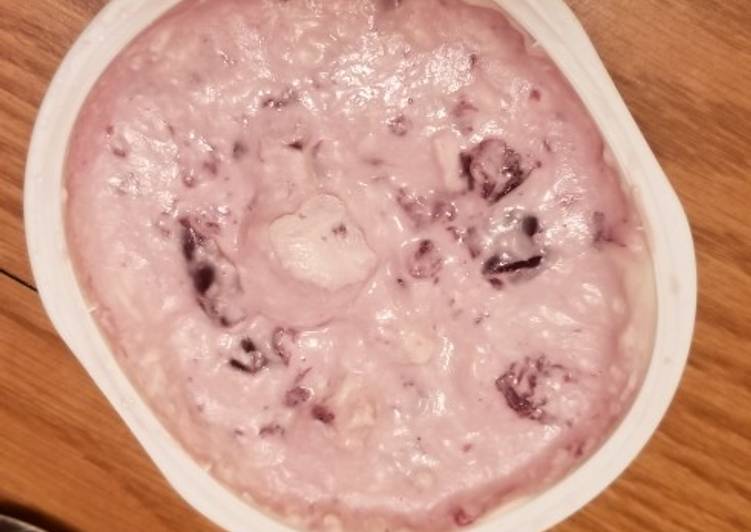
Hello everybody, I hope you are having an incredible day today. Today, I will show you a way to make a distinctive dish, sambal (indonesian chilli sauce…extended). It is one of my favorites. For mine, I will make it a little bit tasty. This is gonna smell and look delicious.
Read Customer Reviews & Find Best Sellers. Sambal (Indonesian chilli sauce.extended) I travel to Bali often and enjoy the street food there. My Balinese friend makes a great sambal so I always ask her to make one which is very dry and very very hot which allows me to easily carry it home and add more ingredients and oil before canning it.
Sambal (Indonesian chilli sauce…extended) is one of the most favored of current trending foods on earth. It’s appreciated by millions daily. It’s easy, it’s quick, it tastes yummy. Sambal (Indonesian chilli sauce…extended) is something which I have loved my whole life. They are fine and they look wonderful.
To begin with this recipe, we must prepare a few components. You can have sambal (indonesian chilli sauce…extended) using 3 ingredients and 10 steps. Here is how you can achieve that.
The ingredients needed to make Sambal (Indonesian chilli sauce…extended):
- Get 250 g prepared sambal
- Get Vegetable oil to your own liking. If your sambal is already oily enough for you, dont add any.
- Get 2 kg red peppers/capsicums - grilled and skins off. In Australia peppers are called 'capsicums'. Capsicum is the ingredient that makes peppers hot.
Sambal is a word borrowed from the Indonesian word of Javanese origin, sambel, which means 'sauce'. Sambal is a spicy Indonesian chile paste with an extensive history in southeast Asia and a serious fan club in the U. In American supermarkets, the chile paste is typically sold in jars. There are dozens of different types of chile paste in Indonesia that include the additions of garlic, shallots, lemongrass, and lime leaves.
Steps to make Sambal (Indonesian chilli sauce…extended):
- Slice the capsicum and roast under the oven grill. I also lightly oil the slices. It makes the skin come off easier. You can use BBQ grill for this step.
- Grill them well, burn them.
- Leave them until skin is black and blisters.
- Put them in a plastic bag and leave till cool, then peel the skins off. Throw the skins out.
- Chop the capsicums finely or you can blend them if you wish.
- Mix the chopped capsicums in with your sambal and add vegetable oil. I like mine very oily.
- Put into pan or wok and heat thru. I open my doors/windows whatever ventilation you have for this step. Sambal cooking smell does invade the house. Fill your jars or container. From here you can put into fridge for immediate use (will keep in fridge for at least 1 month but mine is all gone by then 😆) or prepare for canning… step 8.
- Fill your clean jars with the sambal, and prepare for canning, either water bath or pressure canner.
- I pressure canned mine for 60 mins at 10lbs pressure. This was because the sambal has some 'belacan' (shrimp or prawn paste) in the content and that is low acid.
- My 4 oz jars are the perfect size for this batch as I do give a lot of sambal to friends. You can use any preserving jar up to a quart size and adjust your pressure cooking time accordingly. Or if your sambal has no low acid contents you can just water bath them.
You can always add some bird or Thai chile peppers to make it spicier. The Indonesian word oelek means "to grind," and sambal oelek refers to a chile paste that's ground in a mortar with a pestle. The word "sambal" is an Indonesian word referring to a sauce made primarily with chili peppers. "Oelek" (or olek or ulek) refers to a mortar and pestle. Hence, Sambal Oelek is Indonesian for a chili sauce ground with a mortar and pestle. Sambal oelek is more of a base recipe compared to sriracha.
So that’s going to wrap this up for this exceptional food sambal (indonesian chilli sauce…extended) recipe. Thank you very much for your time. I am sure that you can make this at home. There is gonna be more interesting food in home recipes coming up. Remember to save this page on your browser, and share it to your family, colleague and friends. Thanks again for reading. Go on get cooking!


